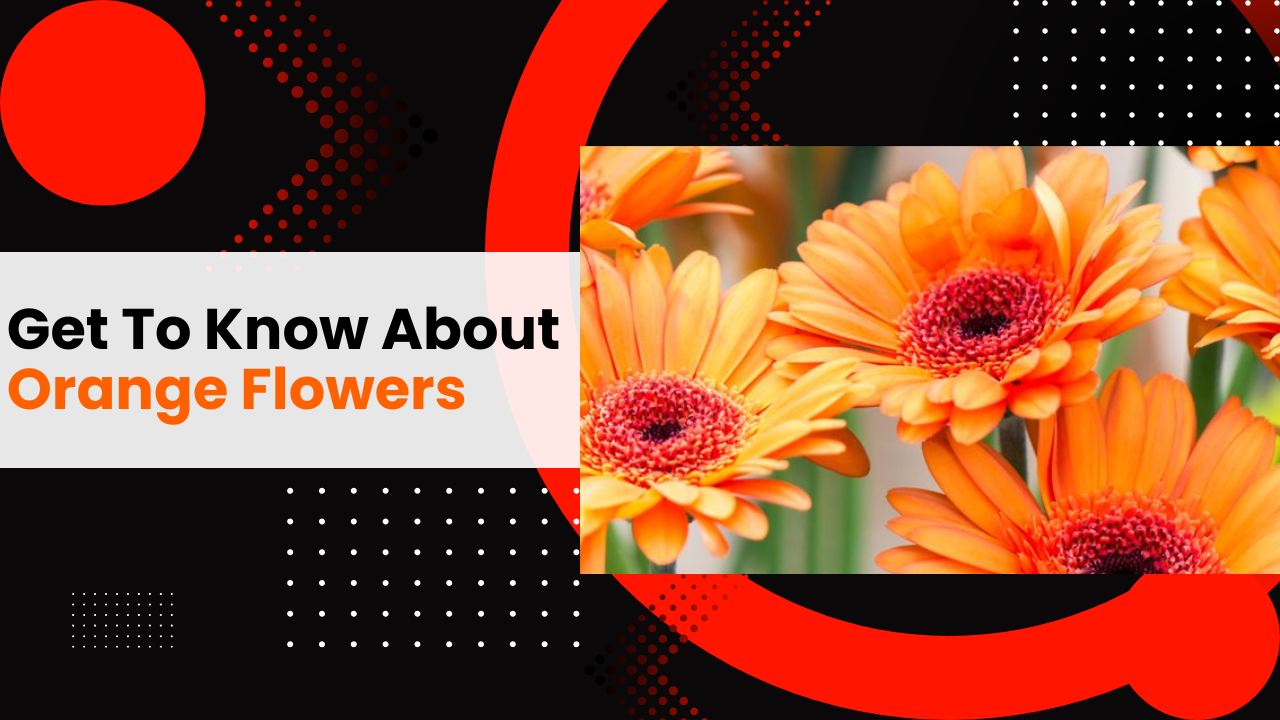Orange flowers bring a lot of happiness to any garden, whether they are on their own or mixed with other flowers. Oranges coloured plants flowers are known to represent fun, happiness, and friendship, so they will definitely bring positive vibes to your garden. You don’t have to only pick flowers that are completely orange to make a statement—there are flowers that are orange and white, orange and yellow, and other bold combinations.
You can even plant orange flowers next to flowers that are a different color. Mixing orange and blue flowers can look especially beautiful. Aside from flowers, you can also find orange flower Perennials in berries and seed pods. It’s important to select the right plants for your garden based on what will grow well in your soil and sunlight, as well as their watering requirements.
Here are some popular Orange Flowers for your garden to consider, keeping in mind that some are harmful to people and pets.
Different types of orange flower
- The orange lily, also known as Lilium bulbiferum var. croceum, is a bright and colorful flower with orange petals that have red accents and brown spots. These lilies bloom in early summer, with each mature bulb producing around six flowers. After the flowers have bloomed, it is important to trim the foliage once it starts to turn yellow. It is important to note that all lilies are harmful to animals. The orange lily grows well in USDA Growing Zones 3 to 9 and thrives in full sun to part shade. They prefer average soil with medium moisture that is well-drained.
- Lantana flowers bloom from the middle of summer until the first frost in the fall. The plant’s leaves are dark green and oval-shaped with a wrinkled texture, and they smell nice. These tropical plants, with orange and white flowers, are usually grown as annuals in places that get frost, and butterflies love them. Some types can survive year after year in Zone 7. Lantana can be harmful to animals.
- Flowering maple, also known as Abutilon x hybridum, looks similar to a small maple tree but with bell-shaped flowers in various colors. These plants, which thrive in subtropical regions, are vulnerable to frost and should be brought indoors during the winter unless you plan on growing them as an annual. In their natural habitat, they bloom periodically and stay green all year round.
- Butterfly Weed (Asclepias tuberosa) thrives in USDA Growing Zones 3 to 9 and is native to to the Eastern and Southern United States. They prefer at least eight hours of full sunlight and require preferably dry soil type to grow. Its height goes up to 1 to 3 feet.
- Calendula. Its scientific name is Calendula officinalis. Its USDA growing zone is 2 to 11, grows annually and the height goes up to 1 to 3 feet. It requires 6 to 8 hours of sunlight daily and preferably medium-moisture soil type to grow.
Conclusion
Yourhomify is the ideal platform to personalize your home just the way you like it. They are eager to assist you in customizing every aspect of your home, both inside and outside, to suit your taste. Whether you’re interest in gardening, appliances, furniture, or lighting, they offer excellent recommendations for everyone. They believe that valuable knowledge can truly enhance your home enjoyment.
We believe that a home reflects its occupants, which is significant. As a homeowner, you have the freedom to express your personality through your home decor, plants, and style. However, it can be overwhelming to navigate through all the available options.
Also Read: https://www.tourismvlogs.com/are-blue-orchids-real-or-myth-know-everything/
See Also: https://empireadda.com/hamro-solar-llc/



